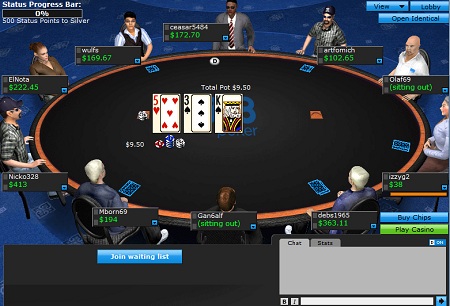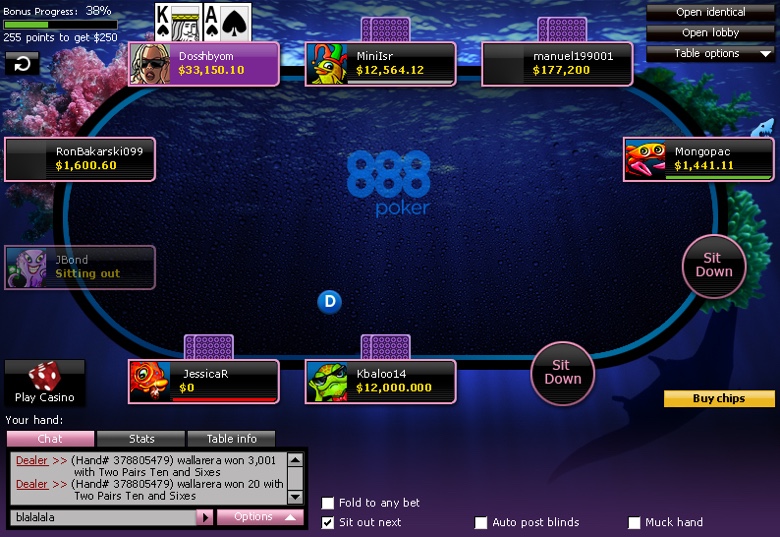

Small and big blind will be the first action, and at a disadvantage from an information standpoint. If you are looking to play some of the lower percentage starting hole cards, late position allows time for opponents to give information on the strength of their hand.Ĭonversely, the blind position is where a player should be tight with any size or bet above the big blind value. Late position - described as the button or cut off seats - has the most flexibility in play. New poker players are encouraged to play tight and manage the proper hole cards, but in the correct position, there can be flexibility.Ī typical poker table sits up to 10 players, thus dictating plenty of positions as the button orbits the table. Poker is a game of information, and gathering as much intel as possible is paramount to success. When playing home games, one person always deals and generally that person is last for action. The button is simply a term to signify who the dealer is.

When the button position and hole card combination is right, a poker player has the flexibility to get creative. Playing tight and showing Q♦️Q♣️ or A♦️K♣️ give the perception to the table of a new player who is tight. The best option for a new player wanting to implement a bluff is to show cards on winning hands. Be assured that many other informed players at the table are also only playing top 20 hole cards. Once the board misses those hole cards, a player is left in a bad position to fold or bluff. New poker players love to stare at hole cards 4♦️ 3♦️ and make a case that suited connectors will make a straight flush on the flop. Those moments are perfect for an edited television show, but in a lengthly live sit down, those attempts should be limited. There may not be a greater high in poker than bluffing your opponent out of a hand. Seasoned veterans will recognize that the new player only plays strong cards, thus setting up a potential bluff later in the game. Whether it is a pocket pair or two face cards, playing aggressive is key when a new player should be seeing only 10% to 15% of flops during a game. The idea for a new player is to make that first decision with a ‘tight but aggressive’ mantra.

And knowing the win probability of hole cards without reference to your opponent is key.īelow are all hole card combinations, with an ‘S’ signifying suited cards and an ‘O’ signifying off-suite. With an understanding of the poker hand rankings, making a decision on which hole cards to play becomes the next step.

One of the biggest mistakes new poker players make is getting involved in too many boards.


 0 kommentar(er)
0 kommentar(er)
